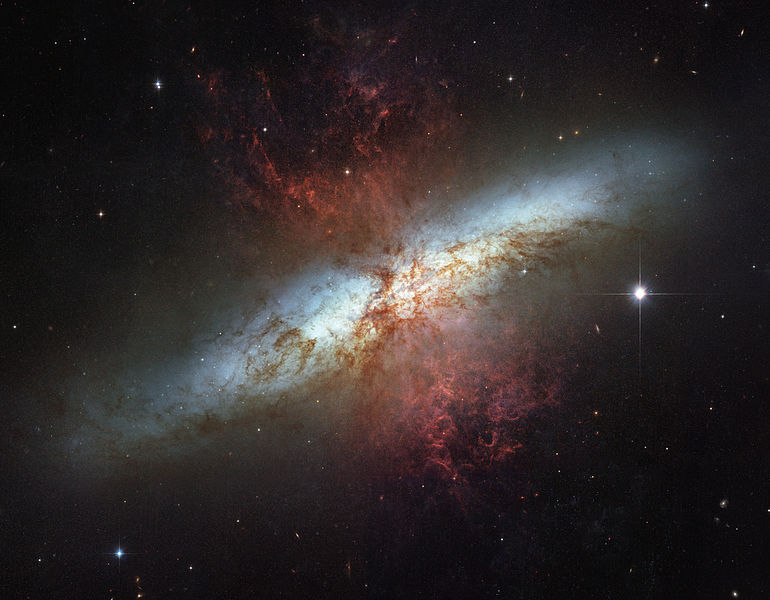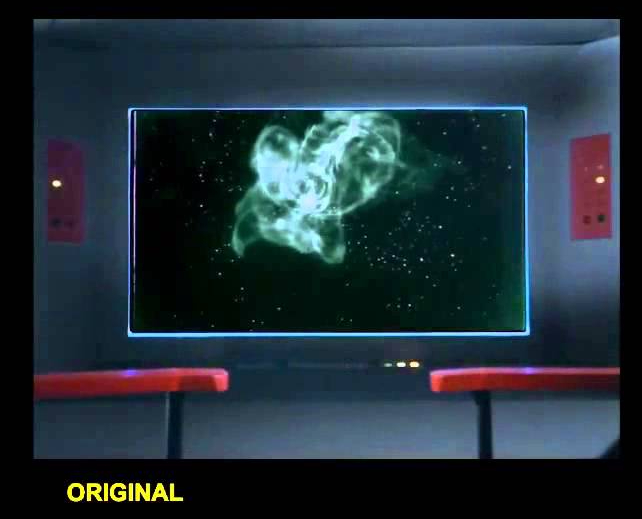
Active galaxies are, without a doubt, absolutely spectacular.
Though rare, they tell a critical part of the story of galaxies–and of the universe as a whole. And we’ve spent the last few posts exploring them in depth.
But I know they can also be a bit perplexing. These are some of the most powerful and violent objects in the universe; it comes with the territory!
So, let’s boil this down to the basics and tie it all together. And let’s try not to get caught in a supermassive black hole in the process 😉
Continue reading

